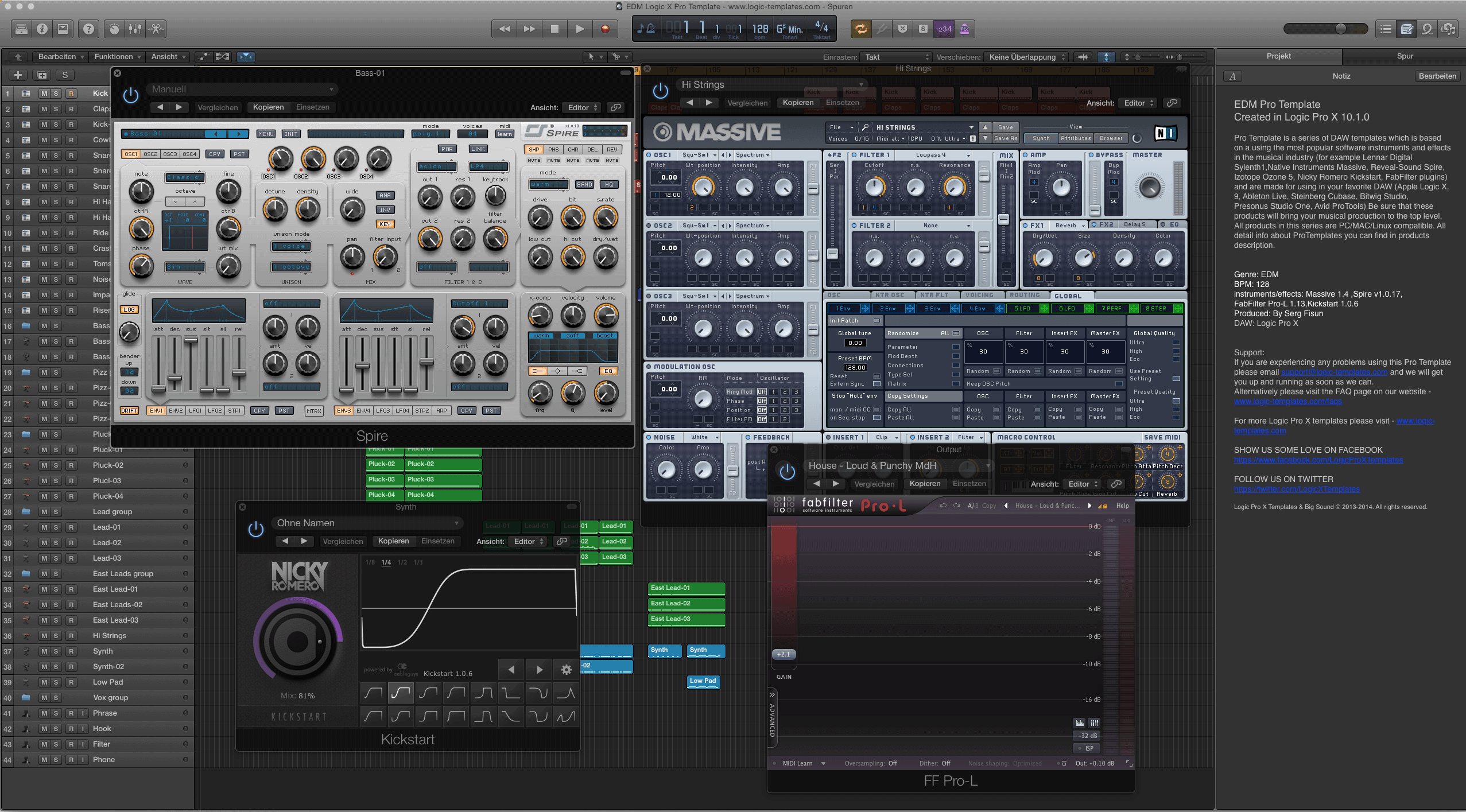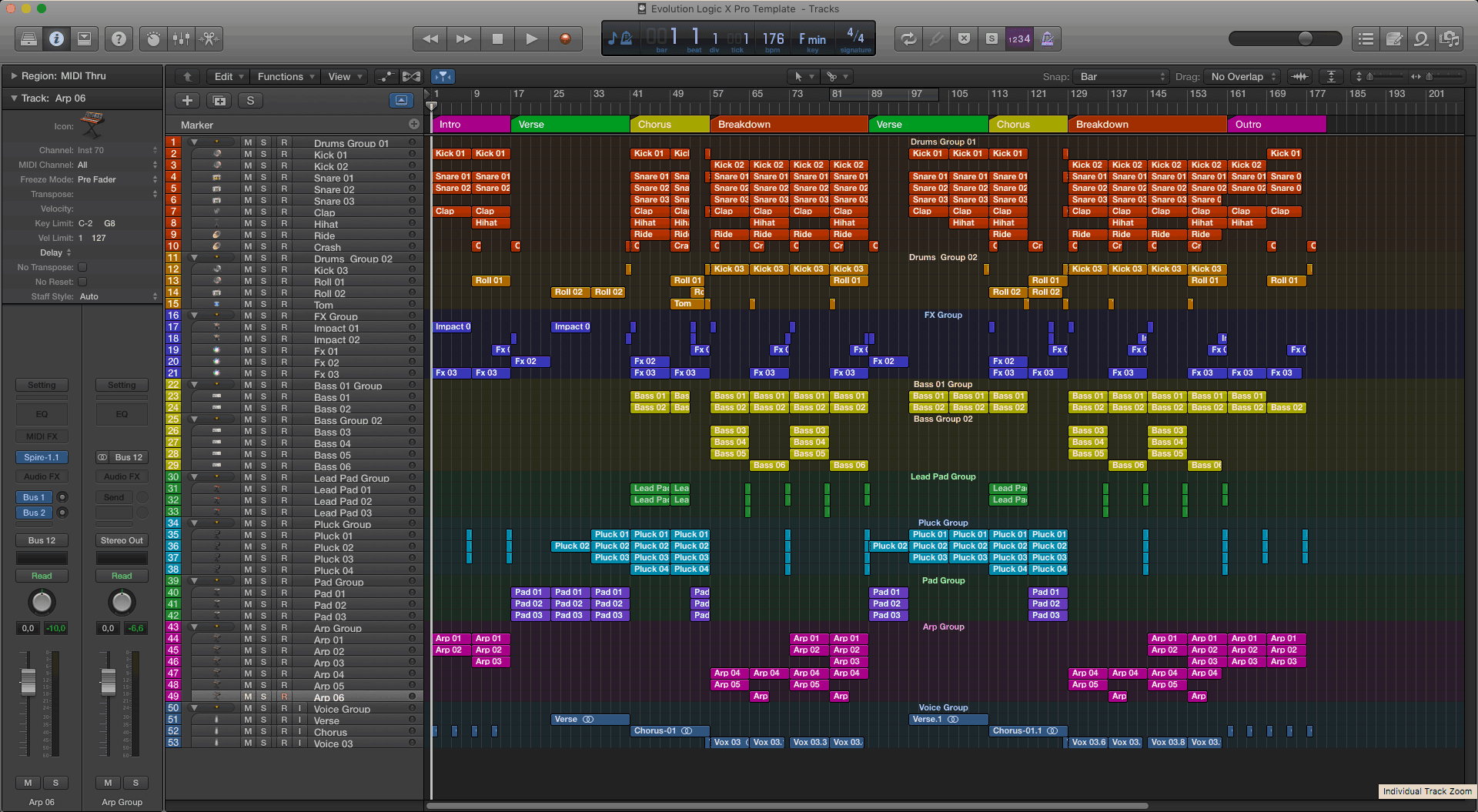

In the bad old days, we needed to compress while recording to tape in order to maintain a high average recording level that would mask the tape noise, but with 24-bit recording you can easily leave 12dB or more recording headroom and not lose any quality at all.

You may have a rack compressor that always sounds absolutely fantastic with your voice, but my inclination would usually be to avoid any form of processing while recording. If you're using a capacitor mic, then the preamp or mixer must have phantom power - unless you're using a tube mic that is. Of course the choice and positioning of the microphone is just as crucial as in any other recording situation (see the 'Getting A Good Recording' box for some pointers). The process starts with getting a microphone signal into Logic, which usually means connecting a suitable mixer or mic preamp to the line input of your audio interface, or using an audio interface that has a mic preamp built in. Recording vocals, in a generic sense, has been covered in Sound On Sound on numerous occasions, but this time we're going to look at the process of recording and processing vocals using Apple's Logic. So here we'll be giving you the advice you need to produce that big commercial sound. Getting great recorded vocals can seem like rocket science, especially with all the complicated editing and processing tools that Logic now provides.


 0 kommentar(er)
0 kommentar(er)
